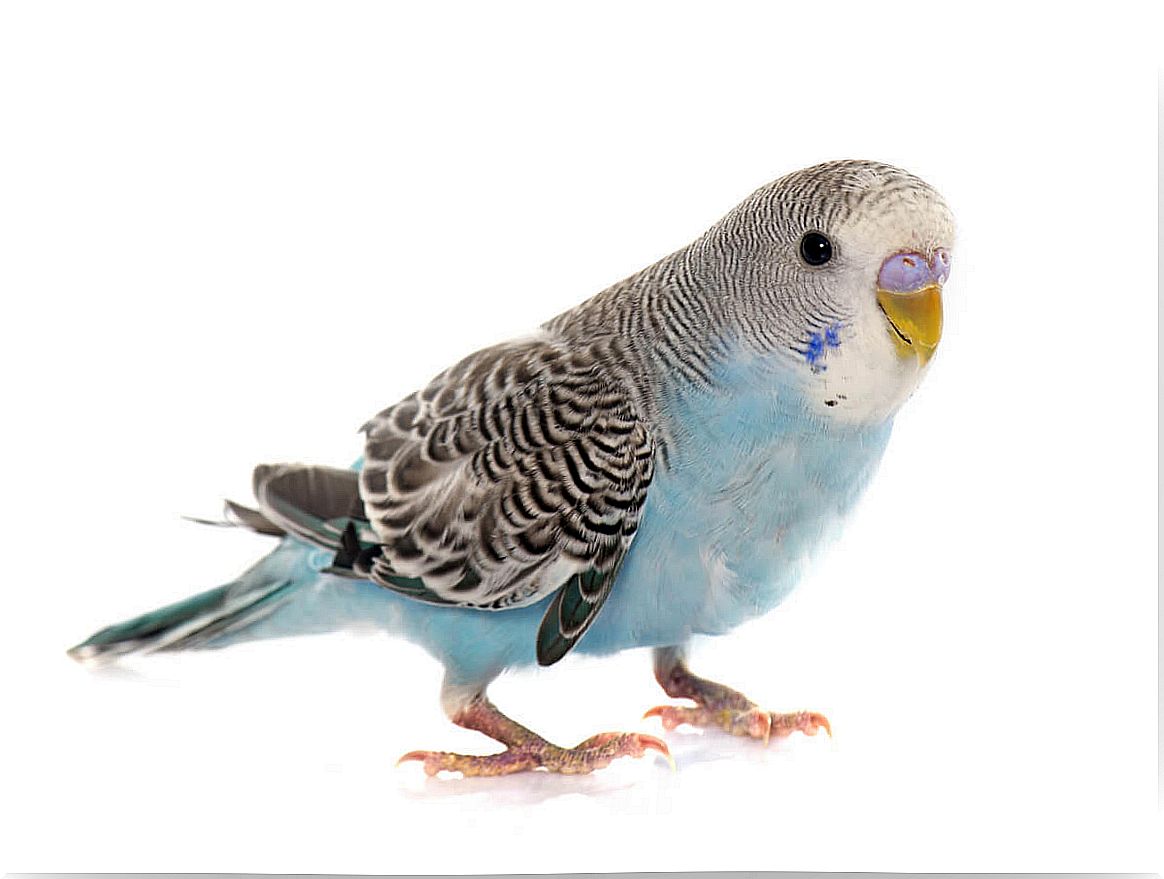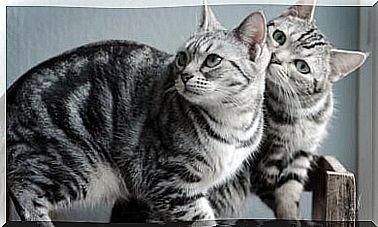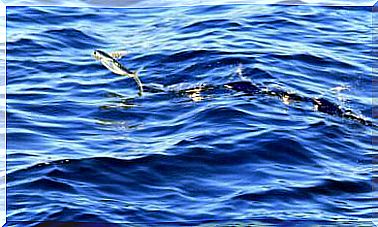Feather Cysts In Birds: How To Treat Them

Feather cysts are a common complaint in exotic animal clinics. Owners of small birds – canaries, most – go to the vet scared by a hard mass sticking out of their pets’ fur.
The causes that cause these lumps are varied and the solution is surgical, so it is important to go to a professional when you detect the problem. Regularly observing the plumage of birds is necessary to generally assess the animal’s health status.
Feather cysts in birds: what are they?
Cysts are nodules or masses that grow under the skin and can appear in all areas of the bird’s body, but especially on the back, chest, and wings. These masses are formed by cystic feathers, that is, feathers that do not penetrate the epidermis and grow inside.
What are the causes of follicular cysts?
Certain birds are more predisposed than others to these types of skin problems, as it is believed that this pathology is hereditary. For this reason, it is necessary to avoid crossing individuals prone to these cysts.
Some varieties of long-feathered canaries also have a greater genetic predisposition to suffer from this type of cysts – such as snowy long-feathered canaries – so it is advisable not to cross this variety with each other.
Other factors that can cause follicular cysts are wounds, skin infections – these can trigger epithelial damage severe enough for the damage to reach the feather follicle – the presence of ectoparasites or abnormal molts.
How to Identify Feather Cysts in Small Birds
Although feather cysts can appear anywhere on the animal’s body, the dorsal thoracic area is a frequent site for their observation. With gentle handling and lifting the feathers with a slight blow you can see the skin under the plumage.
Birds with cysts, especially if they are very advanced, have a very messy plumage, with feathers with some easily detectable malformation. Sometimes the cyst appears as a hard, scaly lump above other feathers of the animal.

If the follicle from which the feather originates is severely damaged, it may not form a feather inside, so it will only accumulate keratin, an event that will give rise to a hard keratinized mass. These cysts can appear individually or collectively, depending on the number of affected follicles.
In general, these masses do not usually cause pain but, depending on the area in which they appear, they can bother the animal, which will try to bite itself and the cyst may ulcerate and bleed a little. The rubbing themselves with the affected area can also cause the appearance of a little blood.
Typically, these wounds occur on the back, nape, or long flank feathers of birds. It usually occurs more frequently in adult specimens – which have already gone through several molts – than in juveniles.
Treatment of feather cysts
The treatment of feather cysts is surgical, although it may not be 100% curative, since other cysts may continue to appear later. As for any surgery, it is highly recommended to carry out a previous evaluation of the animal to prevent possible complications in the anesthesia and the procedure.
Excision is usually simple and is performed with the animal anesthetized. In many clinics and veterinary centers an electrosurgical unit or laser is used to perform the intervention minimizing blood loss. When there are multiple cysts, surgical removal of the entire affected tract may be necessary.
It should be noted that damaged follicles do not recover when they are removed during the operation, but new ones do form after a while. Sometimes, depending on the veterinary criteria and the area where the cysts are present, conservative treatments may be chosen instead of surgeries.
This usually happens when the cyst is in a complicated area such as the wings and requires a partial amputation. In these cases, the owner must be aware of the subsequent complications that this procedure can lead to.
Accompanied to the surgery, the antibiotics that the veterinarian deems necessary will be administered, as well as analgesics to avoid pain and possible secondary infections in the animal.

Feather cysts usually have a genetic origin so, before acquiring a bird, look for a trusted breeder who avoids crossbreeding between cyst-prone specimens. Keep a regular check on the condition of your animal’s skin and plumage at home and consult your veterinarian if you detect any.









